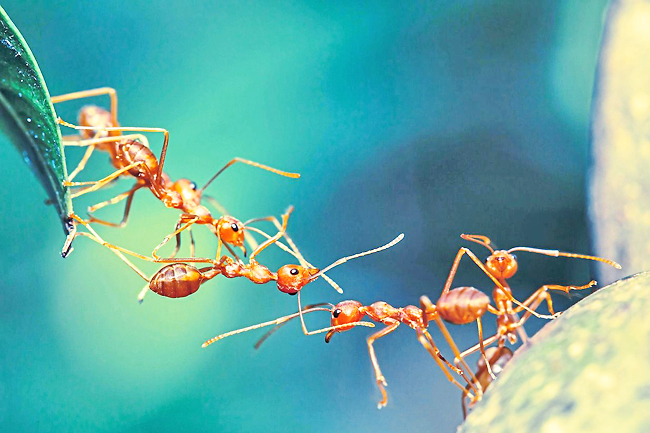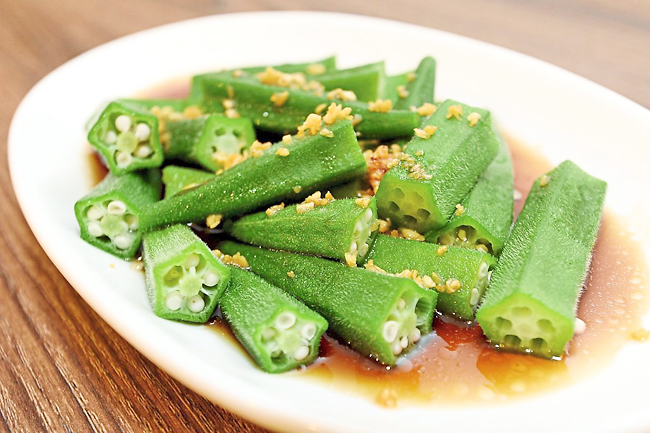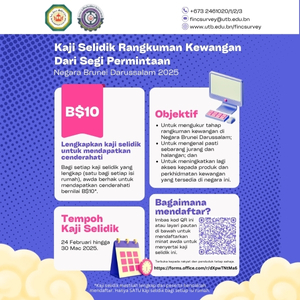AFP – Even as animals and plants face widespread extinction from human-driven causes like climate change, the natural world continues to inspire scientific discovery in unexpected ways.
“Nature has spent hundreds of millions of years optimising elegant solutions to extremely complicated problems,” said University of California, Irvine, biomedical engineer Alon Gorodetsky in the United States (US).
“So, if we look to nature, we can shortcut our development process and get to a valuable solution right away.”
From squid-skin food warmers to a lubricant made of cow mucus, here is a selection of last year’s scientific work inspired by nature.
OKRA PLASTERS
Stopping the bleeding hearts and livers of dogs and rabbits without stitches may now be possible with a biodegradable plaster made of sticky okra gel.
Okra is a fuzzy green vegetable with a slimy texture that inspired Malcolm Xing from Canada’s University of Manitoba to turn it into a medical adhesive. “Okra is a fantastic material,” he said.


In the study published July 2022 in the journal Advanced Healthcare Materials, researchers discovered that refining okra in a juicer and then drying it into a powder creates an effective bioadhesive that quickly creates a physical barrier and starts the blood-clotting process. The researchers plan to test this plaster on humans in the coming years.
COW MUCUS LUBRICANT
Snot may invoke feelings of disgust, but laboratory tests found that a lubricant made of cow mucus showed promise at curtailing the spread of certain sexually-transmitted infections (STIs).
The study, published in the journal Advanced Science on September 2022, is very preliminary, however.
It has not yet been tested on humans and should not replace other forms of protection.
Researchers extracted the mucus from the salivary glands of cows and turned it into a gel that binds to and constrains viruses. Mucus is made of a protein called mucin that might have antiviral properties. It is also both a solid and a liquid. “Being a solid, it can trap bacteria or viruses in the body.
“Being a liquid, it can clear those pathogens from the body,” said study co-author Yan Hongji from Sweden’s KTH Royal Institute of Technology in Stockholm.
ROBOT FIREFLIES
Fireflies that light up the night sky inspired scientists at the Massachusetts Institute of Technology in the US to create tiny, bug-sized robots that emit light when they fly.
The glowing artificial muscles help the honey bee-sized robots communicate with each other, which may make them useful for search-and-rescue missions some day. Though the robots can only operate in a laboratory environment so far, the researchers are excited at their potential future uses.
CANCER-SNIFFING ANTS
There are an estimated 20 quadrillion ants in the world, and researchers have discovered that one species might be able to sniff out cancer in human breasts.
In a study conducted at Sorbonne Paris Nord University in France, and published on the preprint server bioRxiv, which has not yet been peer-reviewed, scientists used a sugar-water reward to train ants to smell the difference between mouse urine implanted with, and without, human tumours.
While dogs can be trained to use their super noses to detect cancer, this is expensive and takes time.
Ants might provide a cheaper – albeit less cute – alternative.
SQUID-SKIN TEA COSIES
The strange skin of squids has inspired a packaging material that can keep coffee and food warm for as long, or as little, as wanted, according to a study published in March 2022 in the journal Nature Sustainability.
Squids have miniature organs called chromatophores that can drastically change their size, and also colour.
To mimic “these pigment-filled organs”, study co-author Gorodetsky said they developed “little metal islands that you could move apart” and contract.
The heat level can then be controlled by how much the material is stretched.







